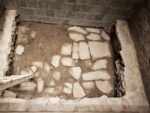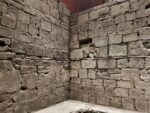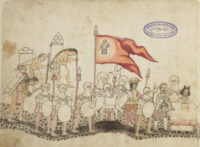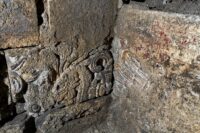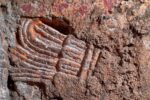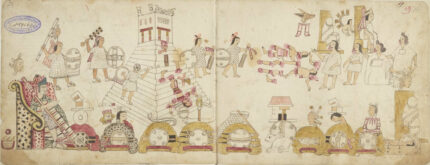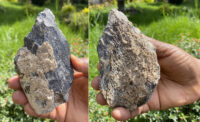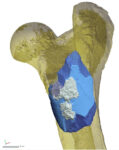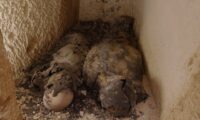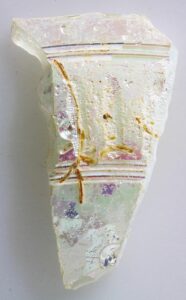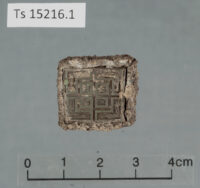 An graduate student in archaeology at the University of Tromsø – The Arctic University of Norway (UiT) has discovered evidence of a Viking Age trading post in the village of Sandtorg, in northern Norway. Armed with his trusty metal detector, Tor-Ketil Krokmyrdal unearthed a bar of payment silver, jewelry, large quantities of iron and weights. Analysis of the objects indicated some were imported from Ireland, Finland and the continent and as early as the 9th century. The finds make Sandtorg the oldest trading spot in northern Norway.
An graduate student in archaeology at the University of Tromsø – The Arctic University of Norway (UiT) has discovered evidence of a Viking Age trading post in the village of Sandtorg, in northern Norway. Armed with his trusty metal detector, Tor-Ketil Krokmyrdal unearthed a bar of payment silver, jewelry, large quantities of iron and weights. Analysis of the objects indicated some were imported from Ireland, Finland and the continent and as early as the 9th century. The finds make Sandtorg the oldest trading spot in northern Norway.
The village was known to have had a trading post since the early 13th century. The name itself is a clue. Sandr means “sandy” and torg means “square,” a common appellation for a marketplace. So the nomenclature attests to its history as a trading post on the sandy coast. What Krokmyrdal’s investigation found is that said history long predates the 1200s.
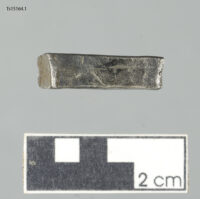 Sandtorg is on the shore of the Tjeldsundet strait and would have been a necessary stopping place for ships navigating the strong currents of the strait. Norse sagas suggest that local chieftains controlled Tjeldsundet and likely imposed duties on the shipping traffic as far back as the Iron Age. In the Viking era, that evolved into a trading post where goods were exchanged.
Sandtorg is on the shore of the Tjeldsundet strait and would have been a necessary stopping place for ships navigating the strong currents of the strait. Norse sagas suggest that local chieftains controlled Tjeldsundet and likely imposed duties on the shipping traffic as far back as the Iron Age. In the Viking era, that evolved into a trading post where goods were exchanged.
The sagas also reference the Sandtorg chiefs being involved in ship repair and building. The iron Krokmyrdal discovered may be connected to this practice as the quantity is significant. If the evidence of boat-building can be confirmed, it would be a unique find in Norway. At the very least we know there was an active smithy on the site.
Krokmyrdal’s supervisor, Marte Spangen, is impressed with his student’s performance.
“It is today quite unusual for master’s students to do their own fieldwork, and it is even less common for students to produce their own material,” she said.
According to her, the findings will increase the importance of metal detectors in research work.
“Krokmyrdal’s individual discoveries may be important for how we understand different exchange networks and, among other things, what kind of iron works took place in northern Norway,” Spangen mused.
Tor-Ketil Krokmyrdal has been granted permission from the National Heritage Board to continue his metal detector survey of the protected site. He will pursue archaeology as his career (his original plan was a career in “post and logistics” which I have no idea what that is) and will be part of the excavation team on the Hålogaland highway construction project.

